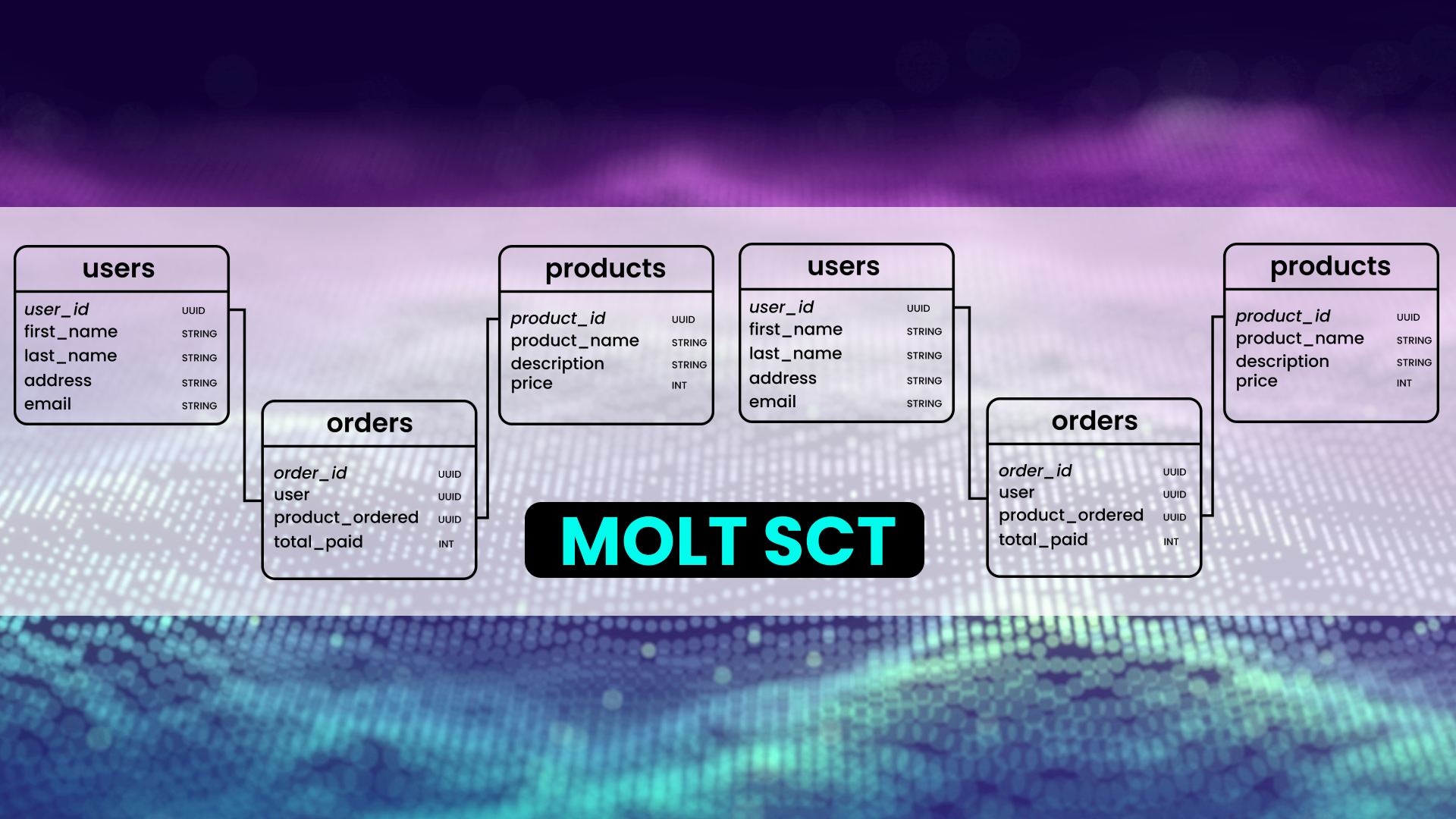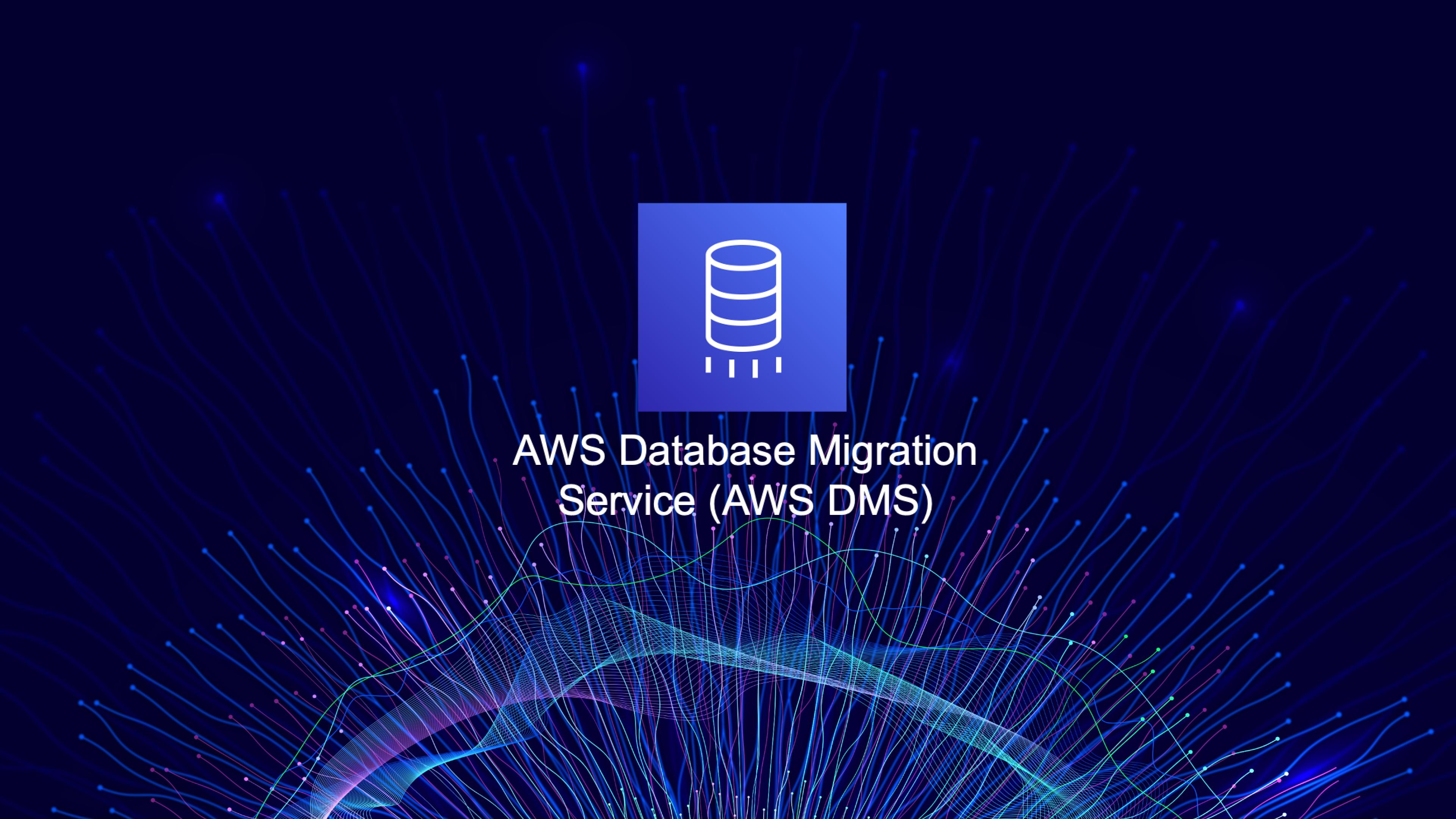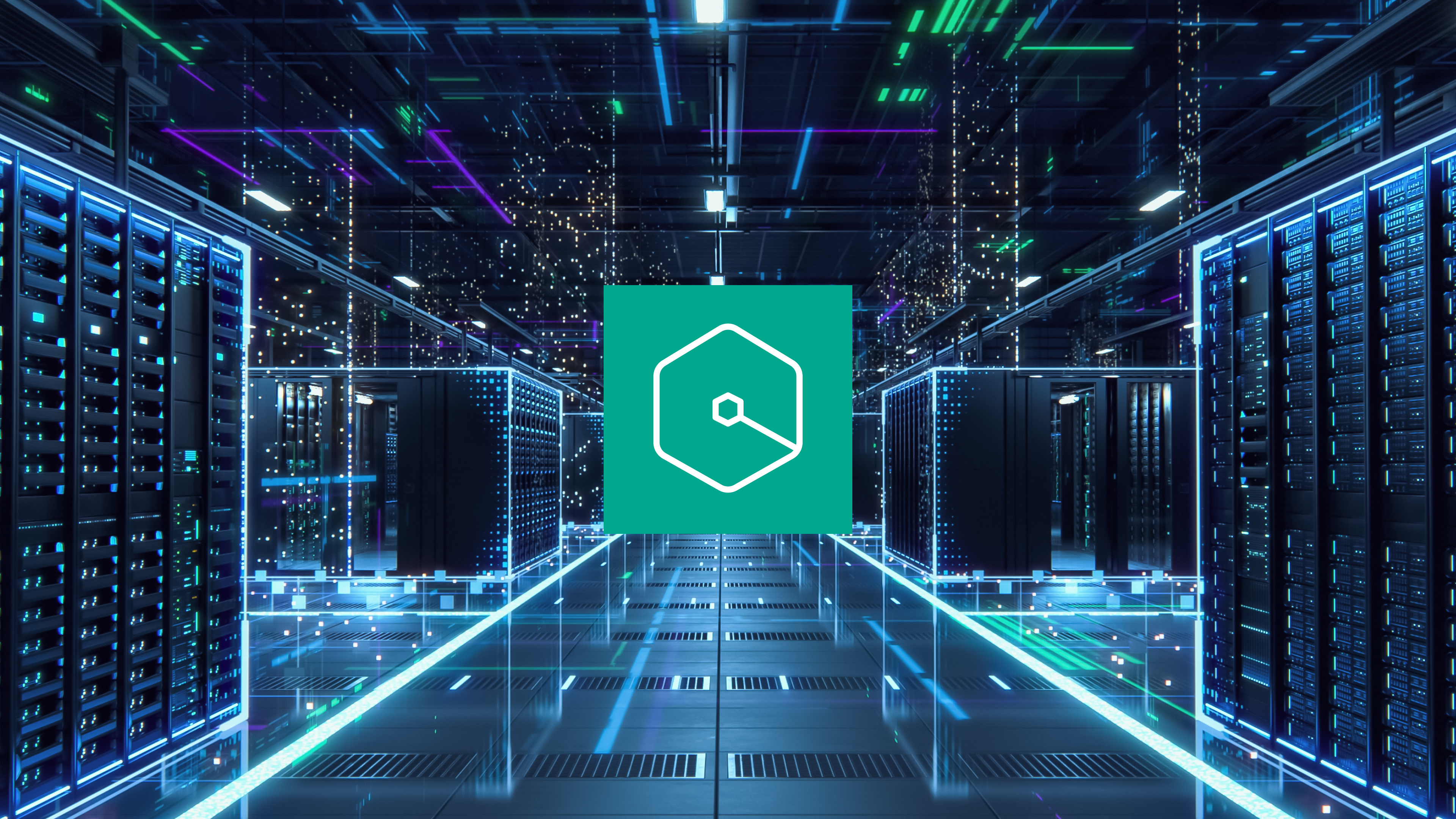
Blog
View all
Database Modernization
Scale & Resilience
Surviving Large-Scale Failures with CockroachDB
CockroachDB is built to prevent systemic breakdowns by isolating failures, automating recovery, and maintaining consistency across environments. In this blog, we’ll explore how CockroachDB helps organizations build resilient architectures that keep applications running smoothly—even in the face of unexpected disruptions.

Alicia Lu
March 27, 2025
Events
Scale & Resilience
Future-proof your database infrastructure at RoachFest 2025
Cockroach Labs is excited to announce the return of RoachFest, our annual conference for customers and database experts. Since its inception in 2022, RoachFest has brought together architects, DBAs, developers, data leaders, and more to share, collaborate, and innovate on their use of the latest database technologies.

Becca Weng
March 24, 2025
Gambling
High Performance Data: Newton Goes Global with CockroachDB
Innovation is the key to growth, no matter what the industry. Gambling enterprises are hyper aware that they must keep ahead of the curve, as the number of bettors grow – and competition for their attention intensifies – worldwide.

David Weiss
March 21, 2025
Database Modernization
Product
Engineering
Accelerate Data Migrations with MOLT Schema Conversion Tool
Database migration is a critical yet often daunting task for many enterprises that operate on legacy systems like Oracle, MySQL, or SQL Server. As these organizations strive to modernize their infrastructure and scale operations, transitioning to a distributed SQL database like CockroachDB presents a compelling opportunity – offering the consistency and familiar SQL structure of traditional databases while delivering the scalability, resilience, and performance first pioneered in NoSQL databases.

Rohan Joshi
March 19, 2025
Tutorials
How to Set Up Ory Hydra with CockroachDB for Secure, Scalable OAuth 2.0 Authentication
This guide walks you through setting up Ory Hydra with CockroachDB, ensuring that your authentication system is not only secure but also highly available and scalable. Whether you’re a developer looking to implement authentication for a single app or an enterprise seeking a globally distributed solution, this tutorial will help you achieve your goals.

Ben Sherrill
March 18, 2025
Database Modernization
Scale & Resilience
Surviving 11 Application and Database Failures with CockroachDB
In this 3-part series, “Surviving Failures with CockroachDB,” we’ll explore the most common failure scenarios affecting modern applications and databases — and, more importantly, how CockroachDB helps prevent, contain, and recover from them. In this first post, we’ll cover common application and database failures.

Alicia Lu
March 17, 2025
Video Spotlight: “SQL and Database Essentials”
“What is SQL?” That’s a true FAQ in the world of databases.

David Weiss
March 10, 2025
AWS
Database Modernization
Advanced AWS DMS Configuration: Aurora PostgreSQL to CockroachDB Migration for CDC
While there are a number of tools to choose from, this blog explores how to leverage AWS Database Migration Service (DMS) to migrate from Aurora PostgreSQL to CockroachDB using a replication instance. This approach is particularly useful for customers who are already using DMS for an existing ETL pipeline and need to replace their current target database. This guide highlights how to configure DMS to work seamlessly with CockroachDB as the target, allowing you to continue using your existing ETL pipeline without modification, just as you did with a self-managed PostgreSQL or Aurora PG target machine.

Arun Pandey
March 5, 2025
AWS
Accelerating .NET Application Modernization: Cockroach Labs Teams Up With AWS
.NET applications have powered enterprise workloads for decades. But as these applications — and the underlying monolithic databases — age, businesses often face ballooning maintenance costs, limited scalability, and a lack of robust multi-region support in the cloud.

David Weiss
March 4, 2025
Get started for free









